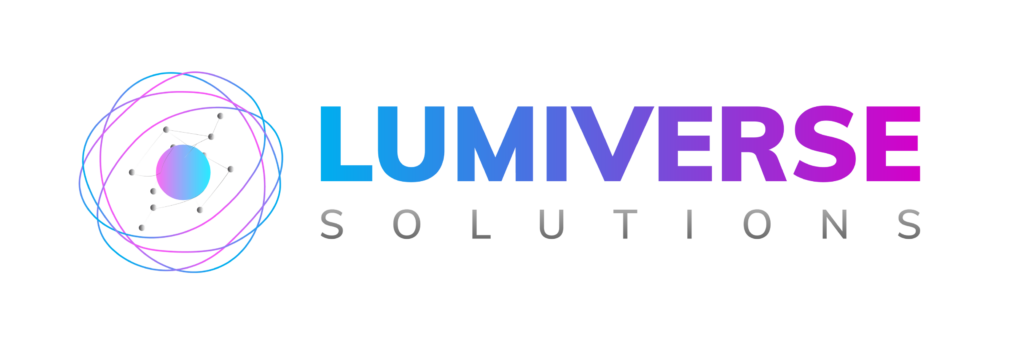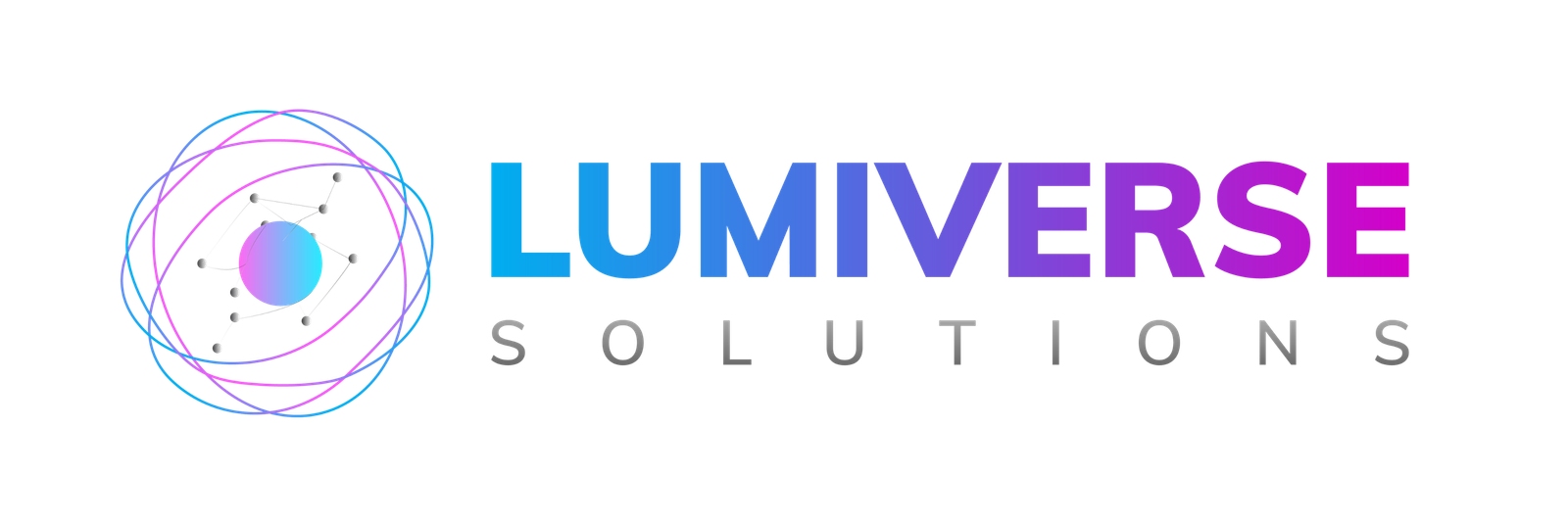When Cybersecurity Meets Privacy Navigating the New Fine Line

INTRODUCTION
Today, in an era of computers and the internet, when cybersecurity and privacy cross paths, it has never been more important to balance data security and the preservation of individual rights. While the internet brings us together in ways previously unimaginable just a short time ago, data privacy and cybersecurity are now two pillars essential to the online world. In an era where nearly everything we do is recorded electronically, how do we protect our information and keep it secure, and how do businesses protect this information from unwelcome cyber attacks?
The gap between privacy and cybersecurity is less clear today, but they are equally important. This blog will explore the thin line between these two elements, how they interact, and how individuals and businesses can protect their data in the proper manner. As threats evolve with each passing day, it is important to understand how cybersecurity collides with privacy in terms of approaching the digital sphere safely.
Chapter 1: The History of Cybersecurity and Privacy
The Emergence of Cybersecurity
Cybersecurity, actually, is the process of ensuring that networks, systems, and data are excluded from attacks or intrusion. While reliance on the internet keeps on growing, states and companies have invested enormous resources into cybersecurity in order to ensure prevention from malware, ransomware, data intrusion, and other harmful attempts. Cybersecurity goes beyond defense—there is so much more involved in ensuring integrity, availability, and confidentiality over the internet.
As threats evolve, so do models of cybersecurity. Where privacy converges with cybersecurity, this is a question of balancing between the protection of data and protecting individual rights in managing their data.
The Role of Privacy in the Age of the Internet
Privacy, on the other hand, is actually all about the way in which personal data is collected, stored, and used. Social media, big data, and the proliferation of networked devices have made it more difficult to preserve privacy. Governments and institutions are collecting more data about individuals than ever before. But privacy is not simply a matter of keeping people’s data out of the hands of thieves; it’s about people being able to control their own data, and their data being used responsibly and with their consent.
With increasing worries about surveillance, hacking, and misuse of data, understanding when cybersecurity meets privacy can be the game-changer in protecting information. It is a thin line where technology, policy, and ethics must come together.
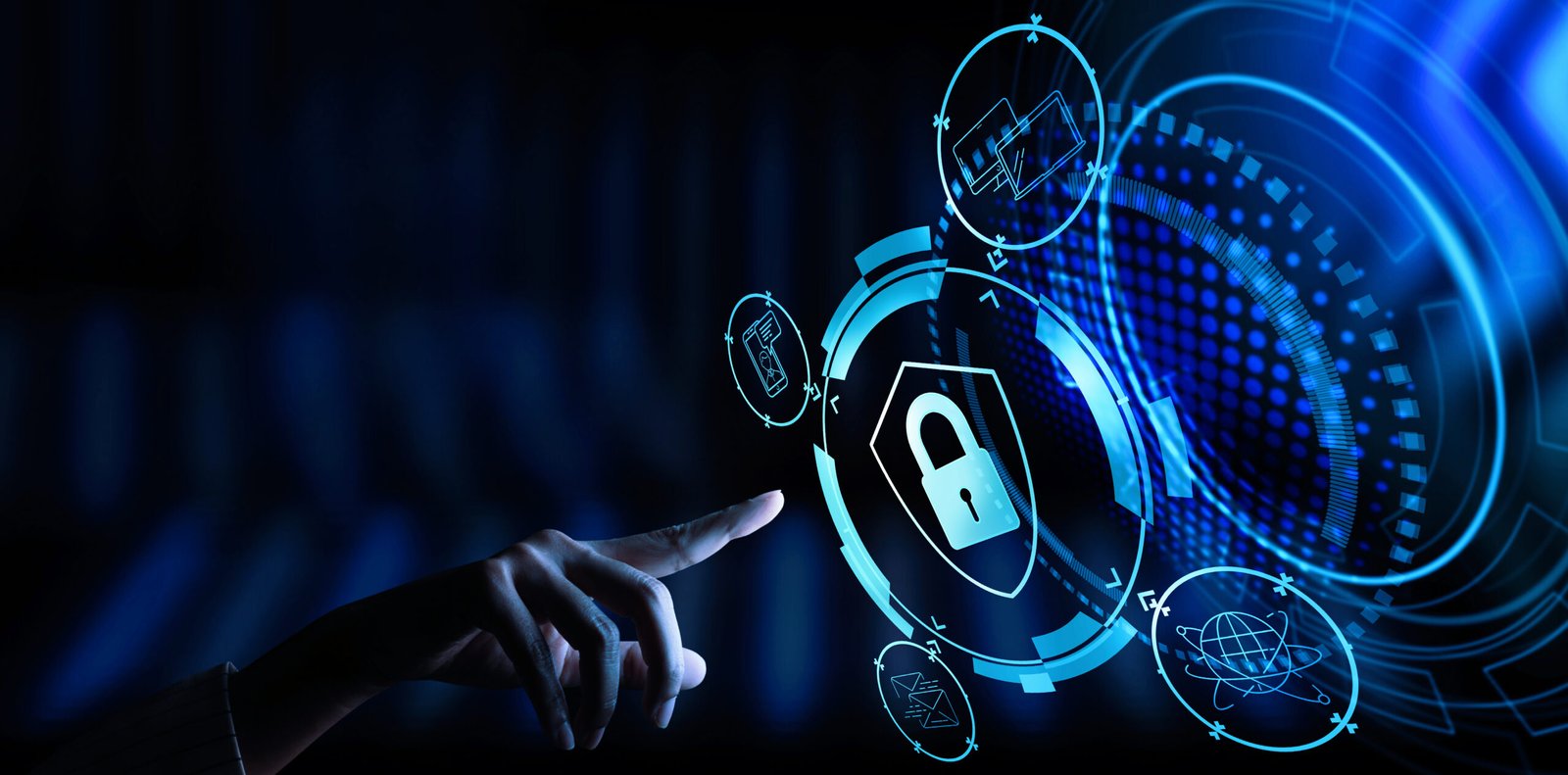
Chapter 2: The Intersection of Cybersecurity and Privacy
The Blurred Line Between Cybersecurity and Privacy
At face value, cybersecurity and privacy seem like two distinct disciplines: one is to protect systems and networks, and the other is to protect individual data. Reality is more complex. The intersection of cybersecurity and privacy is where data protection is a shared endeavor—protecting not only digital infrastructure but also confidentiality and trust of individuals.
Cybersecurity offers a promise that criminal players cannot enter or manipulate systems and information.
Privacy offers a promise that people’s personal information are handled ethically and with dignity.
When privacy and cybersecurity combine, there is a requirement for a holistic approach to not only protect against cyber attacks but also to ensure that data usage complies with legal and ethical standards.
Key Regulations Shaping the Intersection
There are a few laws around the world that demonstrate the crossing of paths between cybersecurity and privacy:
GDPR (General Data Protection Regulation): GDPR, the European Union’s data privacy law, is one of the most stringent data privacy legislations. It mandates organizations to protect users’ personal data through cybersecurity as well as privacy. In combining privacy and cybersecurity, GDPR makes companies adopt positive measures in securing user data against unauthorized use.
CCPA (California Consumer Privacy Act): CCPA is yet another crucial regulation that discusses how organizations are required to handle personal information. CCPA focuses on the importance of privacy, security, and privacy protection. Cybersecurity processes must be combined with privacy policies in order to meet these requirements.
HIPAA (Health Insurance Portability and Accountability Act): In the healthcare sector, HIPAA requires strict controls on both privacy as well as cybersecurity in order to protect sensitive health data.
These regulations clearly identify the extremely intimate connection between cybersecurity and privacy, emphasizing how these two practices need to evolve along with each other.
Chapter 3: Risks to Privacy and Cybersecurity Threats
Cybersecurity Threats Having an Impact on Privacy
The context for online threats is evolving, as too is the impact of these threats on privacy. When privacy and cybersecurity are combined, organizations must consider both the integrity of their infrastructure and the protection of sensitive personal data.
Data Breaches: The most significant threat to privacy from cybersecurity is data breaches. When intimate personal information like credit card numbers, passwords, or medical information is leaked, security and privacy are compromised.

Malware and Ransomware: Malicious software that freezes or steals data can be devastating. Ransomware attacks, in particular, extort data and violate users’ privacy. Such attacks are typically a blow to privacy and reveal the vulnerabilities of an organization’s cybersecurity setup.
Phishing Attacks: Phishing attacks trick users into sharing personal information by making them think a legitimate source has sent a message. Cyberattackers primarily use phishing as a stepping stone to gaining access to sensitive information, which both violates cybersecurity and privacy measures.
Spyware: Software secretly monitoring individuals’ activity on their computers and stealing personal information violates both security and privacy.
The Impact of Data Misuse on Privacy
While cybersecurity focuses on not granting unauthorized access, privacy concerns come into play where information is misused or mismanaged after it is collected. Misuse of personal information can involve selling it to third parties without authorization or using it for targeted advertising in ways infringing on people’s privacy expectations.
Where privacy and cybersecurity meet, it is no longer a question of protecting information from the outside world but ensuring that organizations handle data in a responsible and ethical manner. A good cybersecurity system has to protect privacy as well by preventing misuse of information once collected.
Chapter 4: Best Practices for Walking the Fine Line Between Cybersecurity and Privacy
1. Adopt Robust Encryption Techniques
Encrypting data means that even if it is accessed or intercepted, it will be unreadable without the correct decryption key. Encryption is crucial in safeguarding both sensitive personal information and ensuring privacy.
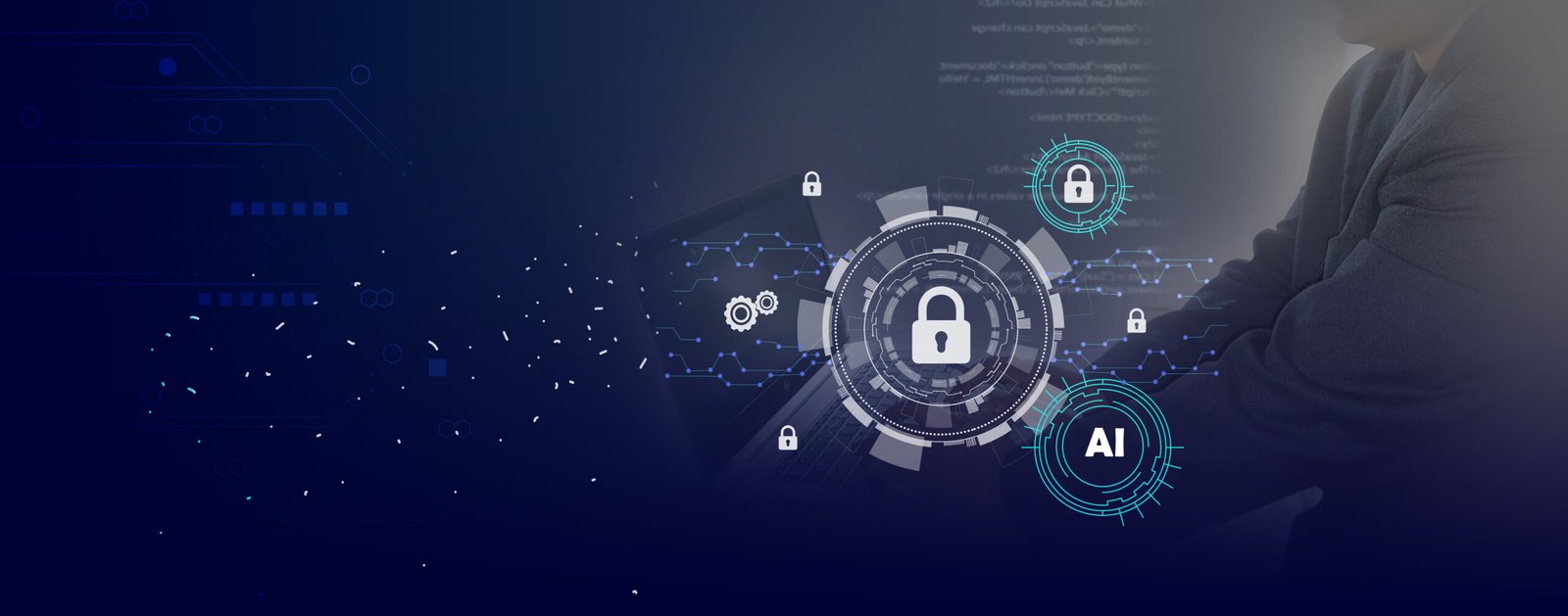
2. Use a Zero-Trust Model
The Zero-Trust model is becoming popular as a cybersecurity best practice. With the adoption of Zero-Trust principles, organizations can ensure that only the right people have access to sensitive information, both security and privacy are protected.
Privacy by design is incorporating privacy protection into systems and processes development at the design stage. When cybersecurity and privacy intersect, organizations should include privacy measures in their cybersecurity practices. It ensures that data is safeguarded at every stage from collection to storage and sharing.
4. Conduct Risk Assessments Regularly
Cybersecurity and privacy are dynamic issues. The risks to both need to be evaluated on a regular basis. Organizations must have thorough risk assessments to determine areas of vulnerability within security controls as well as privacy policies. Having a proactive plan in place serves to reduce likely risks before they become issues.
5. Educate Employees about Security and Privacy
Educating staff on the significance of cybersecurity and privacy is important. Staff are usually the weakest link in security, and improper handling of personal information can result in violations of privacy. Regular training in data protection basics, identifying phishing attacks, and compliance with privacy policies is important.
Chapter 5: The Future of Cybersecurity and Privacy
As technology keeps advancing, when privacy and cybersecurity converge, things will get even more complicated. With the development of AI, blockchain, and IoT, there will be a growing need to safeguard data and privacy. Organizations will have to keep evolving in order to cope with new threats while making sure that they uphold privacy.
In the future, privacy-enhancing technologies (PETs) will probably have an even greater part to play in making sure data is secure and private. PETs are used to reduce the use of personal data while, at the same time, still allowing businesses to operate effectively.

Conclusion
In summary, when privacy and cybersecurity come together, the issue is obvious: both need to be treated with care and finesse. Securing information from cyber risks is critical but equally so the preservation of privacy rights of persons. Organizations must make sure they have cybersecurity architecture that safeguards not only the integrity of their platforms but also confidentiality of the data they process. It is possible to walk only the new finer line between security and privacy through effective cybersecurity and privacy only if we achieve that delicate balance.
Disclaimer
The content on this website/blog is provided for general information purposes only. Although we do our best to make sure that the content is accurate and up-to-date, we make no warranties or representations about the completeness, accuracy, reliability, or suitability of the information contained on this website/blog.
Anything done by you on the basis of information provided on this website/blog is entirely your responsibility. We strongly advise you to seek professional guidance before making any decisions or taking any actions based on the information posted here.
Recent Posts
Categories
- Cyber Security
- Security Operations Center
- Cloud Security
- Case Study
- Technology Trends
Subscribe to our Research
Enter your email address to subscribe to Lumiverse Research and receive notifications of new posts by email.
Vulnerability Assessment & Penetration Testing (VAPT)
Buy our VAPT services to identify vulnerabilities, simulate real-world attacks, and strengthen your systems against cyber threats effectively.
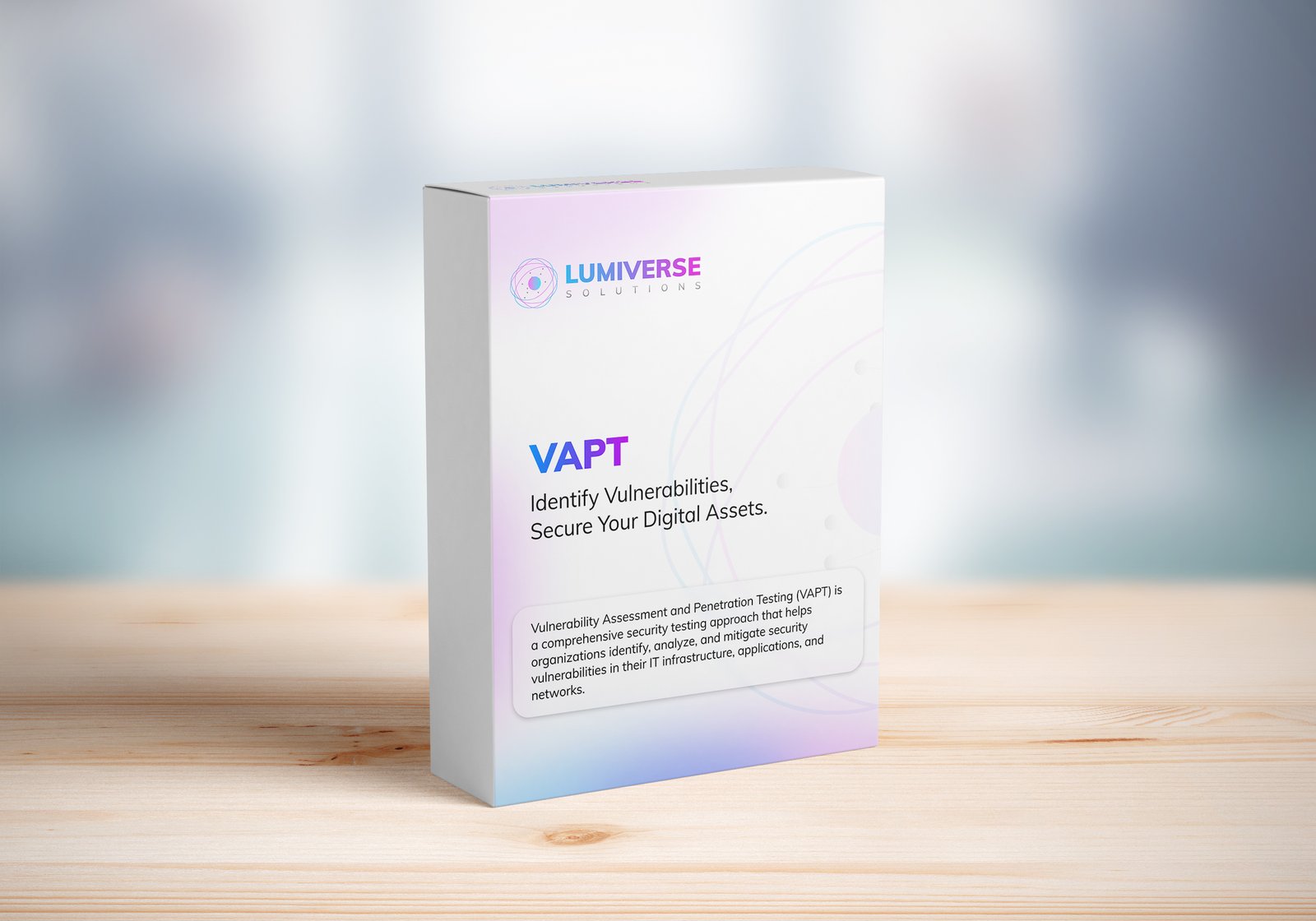
iso compliance service
Buy our ISO Compliance services to streamline processes, ensure security, meet global standards, and maintain industry certifications with ease.
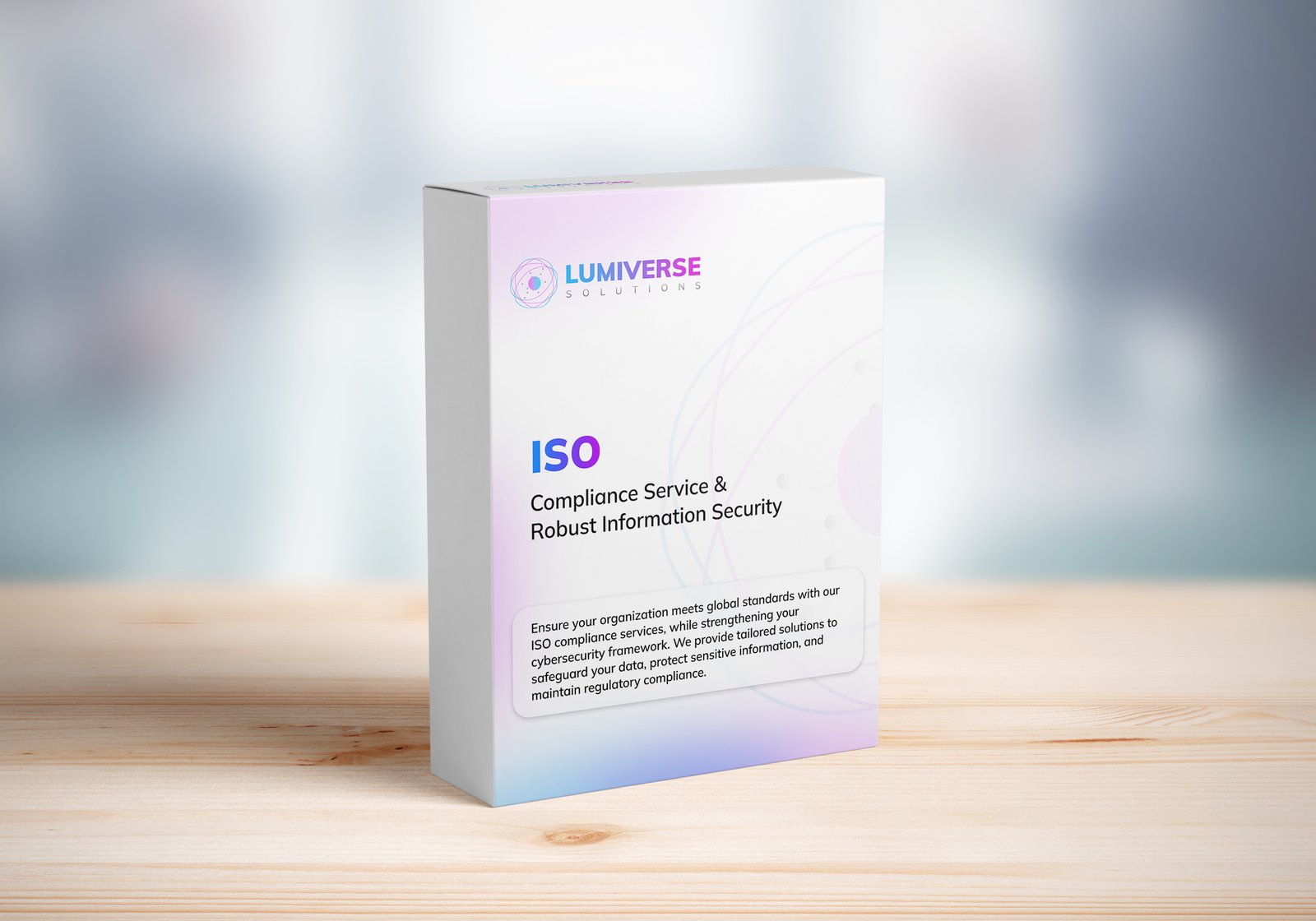
SOC 2 Compliance Audit
Ensure your business meets security, privacy, and compliance standards with our SOC 2 Compliance Audit services. Protect data, build trust, and stay secure. Buy our services today!

GDPR Compliance Audit Services
Ensure your organization meets GDPR standards with our expert compliance audit services. Protect data, avoid penalties, and enhance privacy practices. Buy our services today to stay secure and compliant!
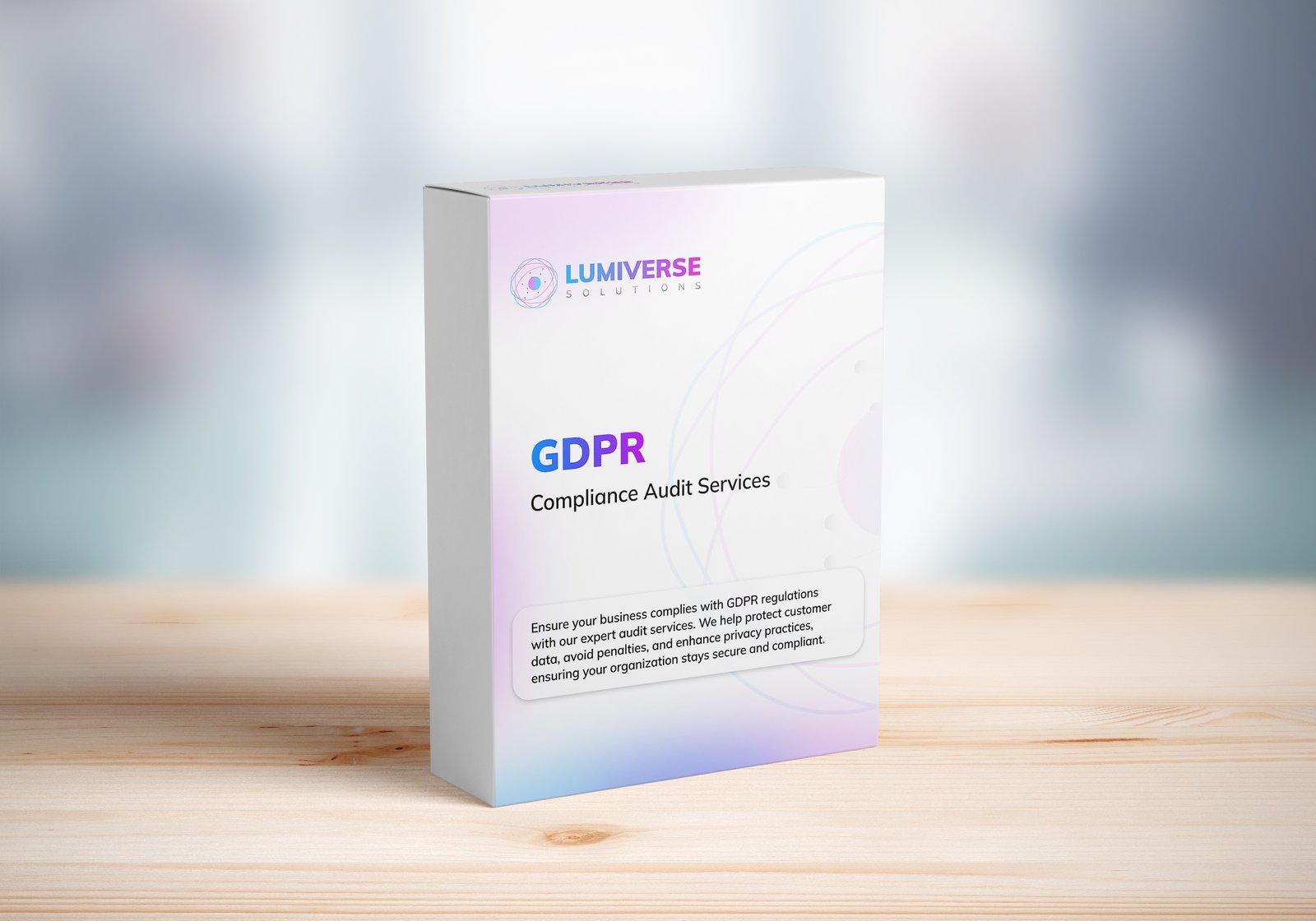
Tell Us Your Opinion
We value your perspective! Share your thoughts, feedback, or questions below. Your opinion matters and helps create a richer, more engaging conversation. Let’s connect and hear what you think about this post!
